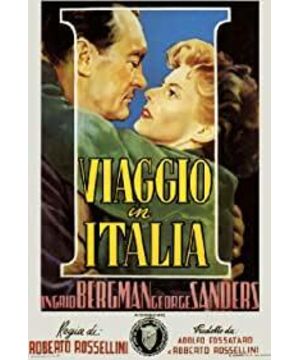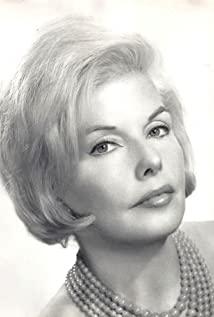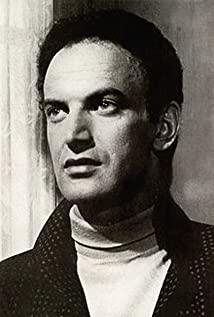Journey to Italy movie plot
-
Davonte 2022-04-20 09:02:55
Rossellini's trip to Naples, the sympathy between the personal ego and the historical space-time & macro environment. The relationship between husband and wife gradually estranged and broke down as the tour progressed. Group portraits of pregnant women, prams and couples as they drive on the streets of Naples, visit the National Archaeological Museum of Naples, and experience the "miracle" of Mount Vesuvius (a single cigarette or a single puff can cause widespread gas surges around you) overflowing, which also fits the motif of the connection between man and the universe), appreciate the catacombs, witness the excavation of bones in the ancient city of Pompeii, and encounter the frenzy of the street icon parade. The sudden reversal of the ending from the decisive separation to the embrace and confession is more unexpected, like a miracle, but I don't know how long it will last. The overall shooting is loose and ambiguous, with indifference, accident, and emotional volcanic eruption moments, which to a certain extent also foreshadows Antonioni's subsequent works. (8.5/10)
-
Hoyt 2022-04-20 09:02:55
Four and a half stars. Love the tone of this film. Mysticism + Realism. writer movies. Black and white landscape films can be a little unsatisfying, but they also have their own charm. CC 2K remastered version.
-
Countess of Melissa: They say all Neapolitans are indolent. But you tell me, can you call a castaway indolent? In a way, we're all castaways. We have to fight so hard just to stay afloat.
Katherine Joyce: I would say it's a very pleasurable shipwreck.
Duke of Lipoli: Especially when I look into your eyes, stars in the night.
Katherine Joyce: Ha-ha-ha...
-
Alex Joyce: I can't stand this damn country anymore. The idleness is toxic.











